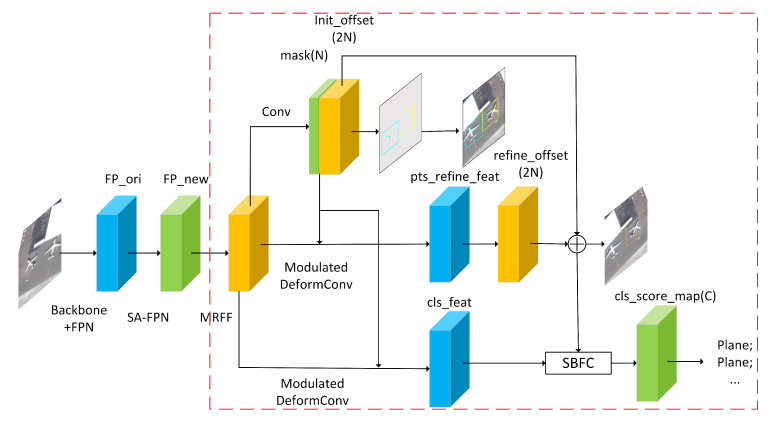LTE Technology Overview: Key Features and How It Works
telcomatraining.com – Long-Term Evolution (LTE) is a widely adopted wireless communication standard that enhances mobile network performance by providing high-speed data transmission, low latency, and improved spectrum efficiency. As an evolution of the third-generation (3G) mobile networks, LTE is designed to meet the growing demand for faster and more reliable wireless communication. This article explores the key features of LTE technology and how it works.
Key Features of LTE Technology
1. High Data Rates
One of the primary advantages of LTE is its ability to deliver significantly higher data speeds compared to its predecessors. LTE networks support peak download speeds of up to 300 Mbps and upload speeds of up to 75 Mbps, depending on network conditions and carrier aggregation capabilities.
2. Low Latency
Latency is the time delay between sending and receiving data packets. LTE reduces latency to as low as 10 milliseconds, making it ideal for applications requiring real-time responsiveness, such as online gaming, video conferencing, and Internet of Things (IoT) devices.
3. Enhanced Spectral Efficiency
LTE utilizes advanced modulation techniques, such as Orthogonal Frequency Division Multiple Access (OFDMA) for downlink and Single Carrier Frequency Division Multiple Access (SC-FDMA) for uplink. These technologies enhance spectral efficiency, allowing more data to be transmitted within the same bandwidth.
4. Scalable Bandwidth
LTE supports flexible bandwidth configurations ranging from 1.4 MHz to 20 MHz. This scalability enables operators to optimize network performance based on available spectrum resources and user demands.
5. Improved Network Capacity and Coverage
With Multiple Input Multiple Output (MIMO) technology and adaptive antenna techniques, LTE significantly enhances network capacity and coverage. MIMO uses multiple antennas to transmit and receive data, improving signal strength and reliability.
6. Seamless Mobility and Handover
LTE ensures seamless connectivity even when users move between network cells. The handover process in LTE is optimized to maintain uninterrupted data transmission, essential for mobile users accessing high-speed internet services.
7. IP-Based Architecture
Unlike previous mobile technologies that relied on circuit-switched networks for voice calls, LTE employs an all-IP architecture. This design supports efficient data handling, better integration with internet services, and improved network management.
How LTE Works
LTE technology operates based on a well-defined network architecture consisting of key components, including the User Equipment (UE), Evolved Universal Terrestrial Radio Access Network (E-UTRAN), and Evolved Packet Core (EPC).
1. User Equipment (UE)
The UE refers to mobile devices such as smartphones, tablets, and IoT gadgets that connect to the LTE network. These devices communicate with base stations using LTE radio frequencies.
2. Evolved Universal Terrestrial Radio Access Network (E-UTRAN)
E-UTRAN comprises LTE base stations, known as eNodeBs (eNBs). These base stations manage radio communications between the UE and the network, handling data transmission and reception.
3. Evolved Packet Core (EPC)
The EPC serves as the backbone of the LTE network, consisting of key elements:
- Mobility Management Entity (MME): Manages user authentication, mobility, and session control.
- Serving Gateway (SGW): Routes data packets between the UE and external networks.
- Packet Data Network Gateway (PGW): Connects the LTE network to external IP-based networks, such as the internet.
4. Data Transmission Process
When a user initiates a data request, the UE sends a signal to the nearest eNodeB. The eNodeB then communicates with the EPC to authenticate the user and establish a data session. Once authenticated, data packets are transmitted between the UE and the internet through the EPC, enabling high-speed data access.
5. Quality of Service (QoS) Management
LTE ensures an optimized user experience by prioritizing different types of data traffic through Quality of Service (QoS) mechanisms. For instance, voice calls and video streaming receive higher priority over general browsing to maintain seamless connectivity.
Conclusion
LTE technology has revolutionized mobile communications by providing high-speed, low-latency, and efficient wireless connectivity. Its advanced features, such as scalable bandwidth, MIMO technology, and IP-based architecture, make it a preferred choice for modern wireless networks. As the demand for faster and more reliable mobile data continues to grow, LTE remains a crucial foundation for next-generation communication technologies, including 5G.
By understanding the key features and working principles of LTE, businesses and consumers can better leverage its benefits for enhanced connectivity and improved digital experiences.







